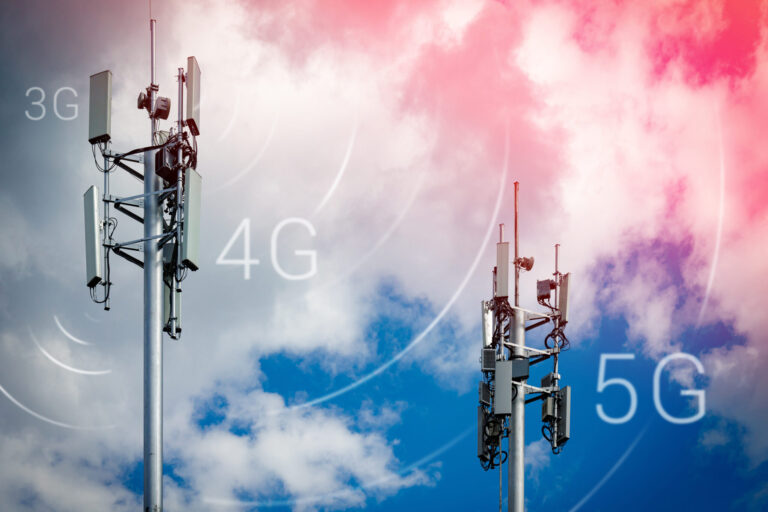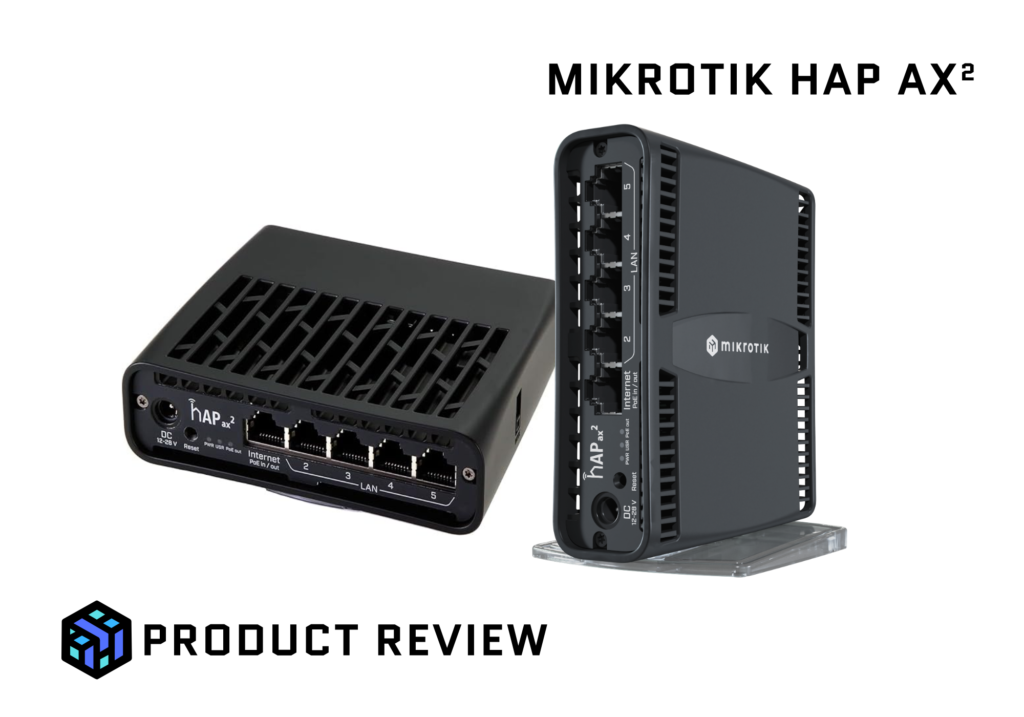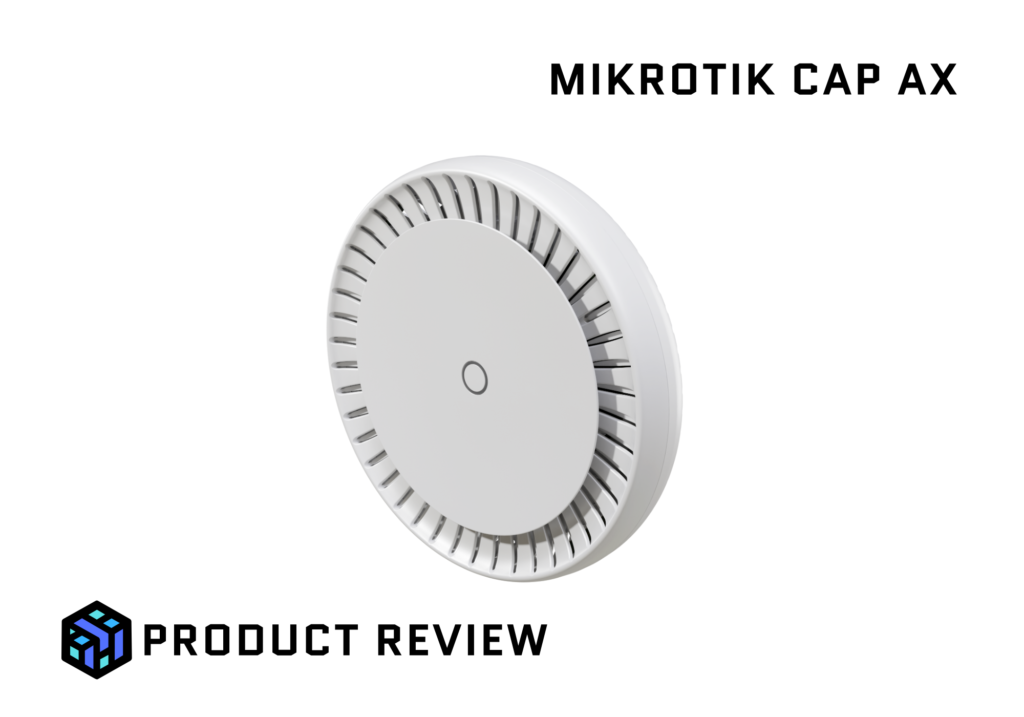Understanding ISP LTE (4G & 5G) Technologies for the US, Australia, and the UK
LTE (Long-Term Evolution) technologies, encompassing 4G and 5G technology, have revolutionised wireless communication, offering faster speeds and more reliable connections. However, the specific LTE bands and frequency ranges used vary significantly across countries like the United States, Australia, and the United Kingdom. Understanding these differences is crucial for choosing compatible LTE routers and devices. This guide delves into LTE technology basics, commonly used bands in the US, Australia, and the UK, and tips for selecting the right LTE router.
What is LTE (4G and 5G)?
LTE 4G:
4G LTE is the fourth generation of wireless communication, providing high-speed internet suitable for video streaming, gaming, and IoT applications. LTE operates across different frequency bands to ensure wide coverage and device compatibility.
LTE 5G:
5G builds upon 4G LTE, offering significantly faster speeds, reduced latency, and improved capacity. It uses a broader spectrum, including sub-6 GHz and millimeter wave (mmWave) bands.
Common LTE Bands and Frequencies by Region
1. United States
The US uses a diverse range of LTE bands due to its vast geography and multiple network operators. Key LTE bands include:
- 4G LTE:
- Band 2 (1900 MHz): Commonly used for urban areas.
- Band 4 (1700/2100 MHz): Offers decent coverage and capacity.
- Band 12/17 (700 MHz): Provides excellent rural coverage.
- Band 66 (AWS-3): Similar to Band 4 but with additional spectrum.
- 5G:
- Sub-6 GHz: Bands n41 (2.5 GHz), n71 (600 MHz).
- mmWave: Bands n260 (39 GHz), n261 (28 GHz).
Major Carriers: AT&T, Verizon, T-Mobile, and US Cellular.
2. Australia
Australia relies on a smaller set of LTE bands tailored for its geography and population density:
- 4G LTE:
- Band 3 (1800 MHz): The primary band for 4G services.
- Band 28 (700 MHz): Ensures widespread coverage, especially in rural areas.
- Band 7 (2600 MHz): Used in urban areas for higher capacity.
- 5G:
- Sub-6 GHz: Bands n78 (3.5 GHz), n28 (700 MHz).
- mmWave: Bands n257 (26 GHz), n258 (26 GHz).
Major Carriers: Telstra, Optus, and Vodafone.
3. United Kingdom
The UK employs a well-defined set of LTE bands, ensuring compatibility across most devices:
- 4G LTE:
- Band 3 (1800 MHz): The main band for LTE services.
- Band 20 (800 MHz): Offers excellent coverage in rural and suburban areas.
- Band 7 (2600 MHz): Ensures high-speed internet in urban regions.
- 5G:
- Sub-6 GHz: Bands n78 (3.5 GHz), n77 (3.6–4.2 GHz).
- mmWave (Upcoming): Limited adoption but expected to grow.
Major Carriers: EE, Vodafone, Three, and O2.
How to Choose the Correct Device for an LTE Router
Choosing the right LTE router and ensuring device compatibility involves several steps:
1. Understand the Supported Bands
- Check the bands supported by your ISP and compare them to the bands supported by the router.
- Ensure that the router supports both 4G and 5G bands if future-proofing is a priority.
2. Check for Carrier Aggregation
- Carrier aggregation allows devices to combine multiple bands for higher speeds.
- Verify if the router supports common aggregation combinations used in your country.
3. Look for Global Compatibility
- Opt for routers that are unlocked and compatible with multiple bands and frequencies.
- Routers from brands like Netgear, Huawei, and TP-Link often support global bands.
4. Consider Antenna and Signal Strength
- External antenna ports can improve connectivity in weak signal areas.
- Look for routers with advanced features like MIMO (Multiple Input, Multiple Output) for better performance.
5. Ensure Future 5G Readiness
- For long-term use, select a router that supports both sub-6 GHz and mmWave bands for 5G.
Mikrotik LTE Router Recommendations
1. Mikrotik LtAP mini LTE Kit
- Best for: Compact, portable LTE connectivity.
- Key Features:
- Supports 4G LTE bands in the US, AU, and UK.
- Rugged design for outdoor and mobile setups.
- Built-in GPS and external antenna connectors.
2. Mikrotik Chateau LTE12
- Best for: Home and small office use.
- Key Features:
- Supports LTE-A (Cat 12) with carrier aggregation.
- Dual-band Wi-Fi for reliable wireless coverage.
- Wide range of band support, including Bands 3, 7, 20, and 28.
3. Mikrotik SXT LTE6 Kit
- Best for: Rural and remote areas with weak signals.
- Key Features:
- LTE Cat 6 with carrier aggregation.
- Integrated high-gain directional antenna for long-distance connections.
- Compatible with global LTE bands.
4. Mikrotik wAP LTE Kit
- Best for: Outdoor LTE installations.
- Key Features:
- Weatherproof design for outdoor use.
- Supports key LTE bands for global compatibility.
- Ideal for extending Wi-Fi in remote areas.
5. Mikrotik Audience LTE6
- Best for: Home users needing high-speed LTE and Wi-Fi.
- Key Features:
- Tri-band Wi-Fi for seamless streaming and gaming.
- LTE Cat 6 support for faster connections.
- Sleek design for indoor use.
Conclusion
Understanding LTE bands in your region is essential for selecting the right router. Mikrotik offers versatile solutions for various use cases, whether you need a rugged device for remote areas or a high-performance router for urban environments. By aligning the router’s features with your specific requirements, you can enjoy reliable and high-speed internet connectivity.




